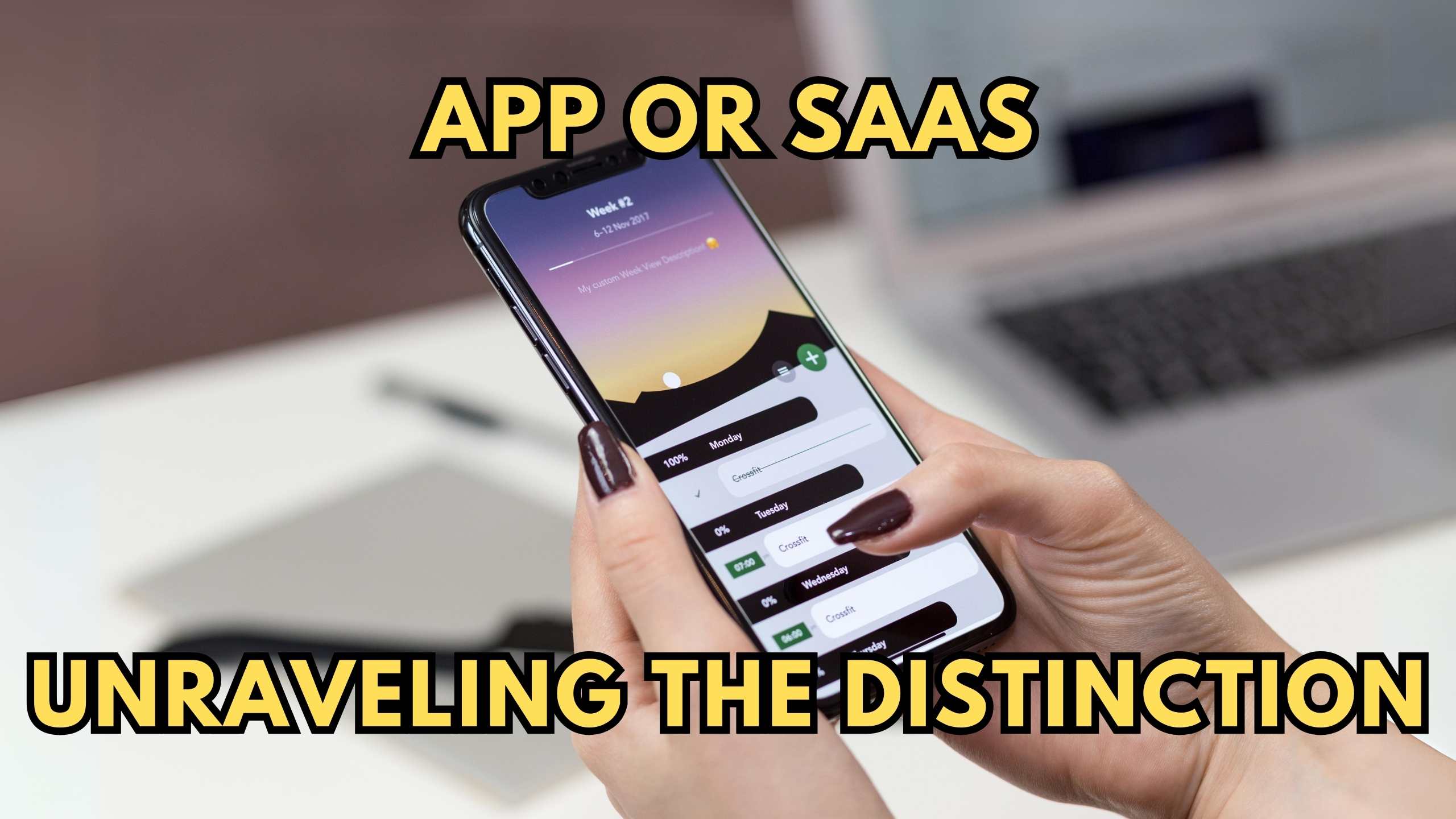App or SaaS: Unraveling the Distinction
- Expense Management Software Credit Cards Investing Business Solutions


App or SaaS: Unraveling the Distinction
Navigating the landscape of digital tools often leads to questions about the fundamental differences between applications (apps) and Software as a Service (SaaS). In this exploration, we’ll delve into the nuances that distinguish an app from a SaaS product, shedding light on their functionalities, deployment models, and the evolving nature of digital solutions.
Defining Apps and SaaS
Apps: Apps, short for applications, typically refer to software designed to perform specific functions on a device. These can range from mobile applications for smartphones to desktop applications for computers. Apps are often downloaded and installed locally, and they may or may not require an internet connection to function.
SaaS: Software as a Service, on the other hand, is a cloud-based software distribution model where applications are hosted by a third-party provider and made available to users over the internet. SaaS products are accessed through web browsers, eliminating the need for installation and providing users with the flexibility to use the software from any device with internet connectivity.
Functional Differences
Apps: Apps are standalone software designed for a specific platform or operating system. They may offer a singular function or a set of related functions, and updates are typically managed by the user through app stores or manual installations.
SaaS: SaaS products, being cloud-based, offer a broader range of functionalities accessible through a web browser. They often provide collaborative features, real-time updates, and centralized data storage. Updates are seamlessly rolled out by the SaaS provider, ensuring users always have access to the latest features.
Deployment Models
Apps: Apps are typically installed on a user’s device, requiring storage space and potentially affecting device performance. Users are responsible for updating the app to access new features and security patches.
SaaS: SaaS operates on a subscription model, and users access the software remotely. This eliminates the need for local installations and allows for automatic updates, ensuring users benefit from the latest improvements without manual intervention.
Evolution of Digital Solutions
As technology advances, the line between traditional apps and SaaS becomes increasingly blurred. Many modern apps incorporate cloud-based elements, and SaaS providers often offer mobile-friendly interfaces, combining the strengths of both models.
Relevant SaaS Products
- Zoom: A SaaS platform for virtual meetings, collaborating, and webinars. Zoom’s cloud-based approach ensures seamless collaboration without the need for local installations.
- Slack: A messaging platform that operates as a SaaS, enhancing team communication and collaboration with real-time messaging, file sharing, and integrations.
- Trello: A SaaS project management tool that facilitates collaboration and organization through visual boards and task management.
- Asana: A cloud-based SaaS solution for project management, enabling teams to coordinate and manage tasks efficiently.
- Dropbox: A cloud storage SaaS, allowing users to store and share files securely, demonstrating the evolution of traditional file storage.
Conclusion
In conclusion, while both apps and SaaS serve distinct purposes, the evolution of technology continues to reshape their boundaries. Understanding the differences between these digital solutions is crucial for individuals and businesses seeking the most effective tools for their specific needs.
Streamline Your Digital Toolbox with Subscribed.fyi!
Ready to navigate the diverse landscape of digital tools? Subscribed.fyi offers a centralized platform to compare, evaluate, and manage your SaaS stack effortlessly. Sign up for free and unlock exclusive deals, making your SaaS journey more informed and cost-effective.
Relevant Links:











